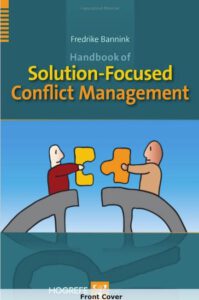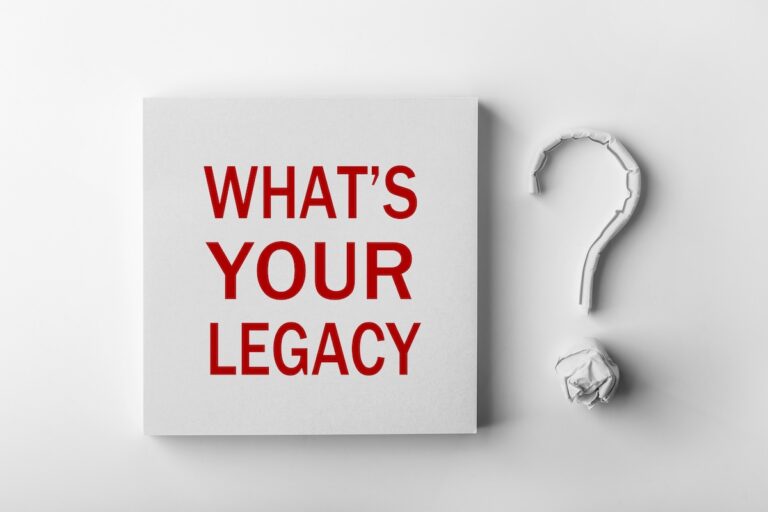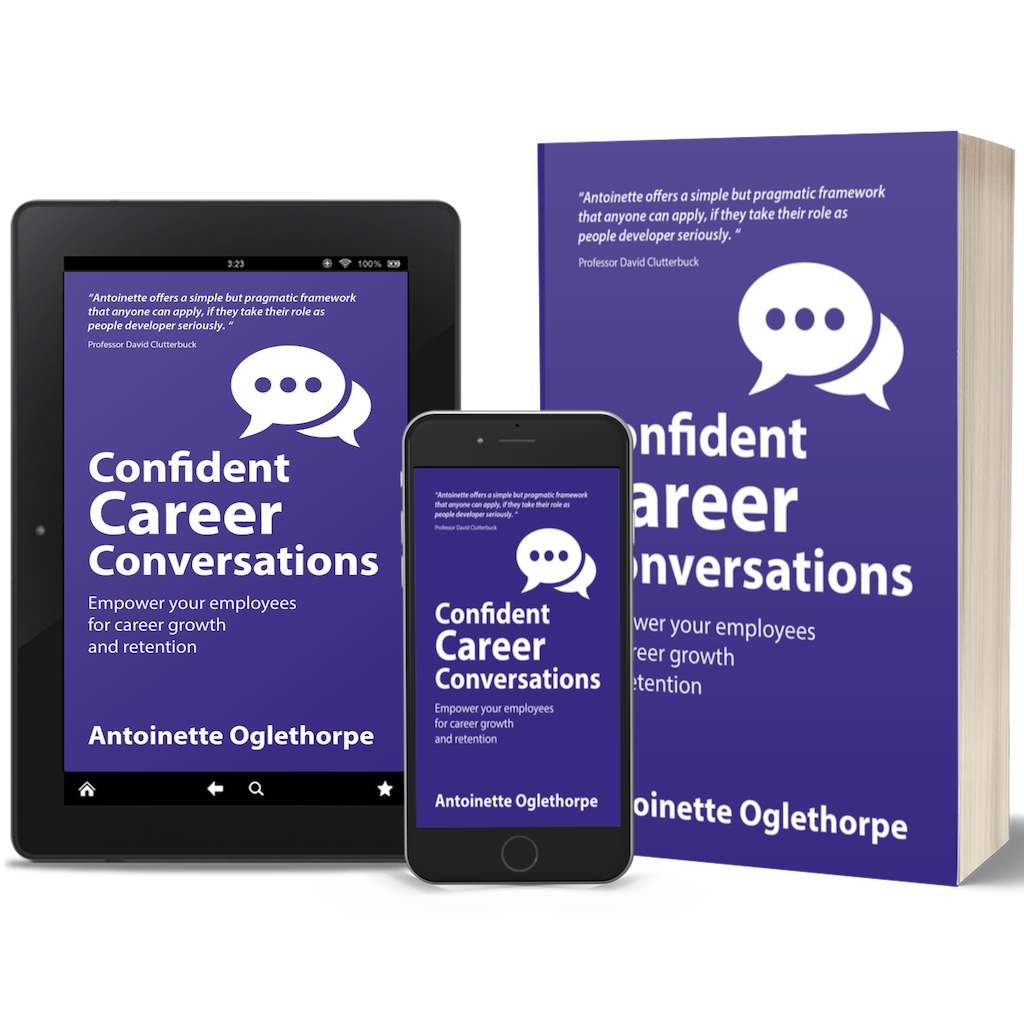On several occasions recently clients have asked me to help resolve conflict between two employees.
I have my own model for developing relationships in the workplace (PARTNER) which you can learn more about here.

But another valuable resource is the Handbook of Solution-Focused Conflict Management by Frederike Bannink which Hogrefe published in 2010 (ISBN: 978-0-88937-384-6)
I recommend the book to anyone who needs to help resolve conflict. I wrote a review when they first published the book. Here it is:
Frederike Banninke sums up what her book is all about in the first chapter. She says “Solution-focused (SF) conflict management no longer focuses on the conflict itself but on what clients want to change in their lives and how to make that happen. It is about their “best case scenario”, or even their “good enough case scenario”, instead of their “worst case scenario”. SF conflict management – focusing on hope, optimism, self-efficacy, resilience, competencies and possibilities – offers new ways to form or strengthen relationships, encouraging trust and respect or to end relationships in as pleasant a manner as possible.”
This book then goes on to “teach” readers how to take an SF approach to resolve conflict and how to apply such an approach to a variety of settings.
For those with an interest in theories, one of the early chapters introduces and discusses 4 theoretical issues that are connected with Solution Focused conflict management and provide a strong psychological foundation and underpinning to the SF approach. These links are:
- Focusing as soon as possible on developing a win-win situation (game theory)
- Focusing on positive goals (quantum mechanics and neuroscience)
- Focusing on hope and what difference it would make if what the person hopes for would become a reality (hope theory)
- Focusing on positive emotions (broaden-and-build theory)
Frederike has clearly carried out an amazing amount of research and she has liberally peppered the book with references that give strength and credibility to her proposed approaches. While I’m not normally a great one for theories I found the references fascinating and will find them a valuable resource for explaining the approach to others of a more academic mindset. For me, the real value of the book lies in the practical, step by step processes that she outlines with the practical guidance and SF questions that any reader can immediately start using to put this approach into practice.
For those who are not familiar with Solution Focus, the book gives a good foundation of basic knowledge starting with an outline of SF Interviewing and SF Conflict Management. It then outlines four basic SF questions (questions about hope; questions about differences; questions about what is already working and questions about the next step or sign of progress) before progressing to more sophisticated, creative SF questions. These new ways of using scaling and looking at the conflict from several perspectives will form a valuable addition to any SF practitioner’s toolkit. I particularly liked the Interactional Matrix which Frederike provides as an Appendix. It serves as a valuable aid and reminder to ask questions that help individuals see the situation through many lenses.
One of the main concerns for anyone challenged with helping resolve conflict is what they do if one or both of the parties involved isn’t a customer for change. Frederike’s chapter on “Working Alliances and Motivation to Change” discusses methods for assessing individuals’ motivation to change and classifying them by their relationship to the conflict as visitor, complainant and customer. She then goes on to outline practical strategies and questioning techniques to help visitors and complainants become customers.
Another key concern for anyone trying to resolve conflict is how to control negative emotions. Again, the book devotes a chapter on how to focus on positive emotions as well as other Solution-Focused tools the mediator can use. I particularly liked the advice of allowing each party one chance to “say what needs to be said” having recently facilitated an informal mediation with a team where the repeated sorrowful cry was “things need to be said”.
Frederike has written the book from a mediator’s perspective and includes some useful comparisons to other mediation models. She also shares practical tools for the mediator to use to reflect on and evaluate their effectiveness including how to deal with “failures”. However, it is equally valuable to anyone who has not trained as a mediator but find themselves in the role of helping resolve conflict between others.
If you need to resolve conflict and would like my help, please get in touch on 07957 604783 and we can talk it through.



